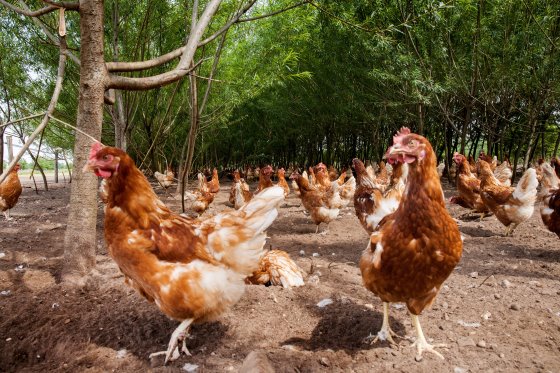US - Scientists looking for traces of a type of E. coli bacteria contamination in foods soon could have a new detection method on their hands - turning off the lights to see if the bacteria glow in the dark.
Purdue University researchers have engineered a bacteriophage called NanoLuc - a virus that only infects bacteria - to produce an protein that causes E. coli O157:H7 to emit light if infected. The process can shave hours off traditional testing methods, which can be critical when stopping the distribution of tainted foods.
"It's really practical. They (testing labs) don't have to modify anything they're doing. They just have to add the phage during the enrichment step of the testing protocol," said Bruce Applegate, a Purdue associate professor of food science. "We could detect as few as four bacteria in eight hours, and the process is cheaper than tests being used today."
While many strains of E. coli bacteria are harmless, some can cause severe and potentially fatal illnesses. Ingesting as few as 10 colony-forming units of E. coli O157:H7 can result in serious illness.
Current detection methods cannot find just a few E. coli O157:H7 cells in a sample, so inspectors do an enrichment process, culturing the bacteria to multiply so they can be detected. With the bacteriophage added to the sample, scientists can add a reagent and detect E. coli O157:H7 before the enrichment process is even finished, within seven to nine hours.
"The current detection methods cannot bypass the enrichment process, but our technology can explore the enrichment phase. That can give us a time advantage over other methods," said Dandan Zhang, a graduate research assistant in the Purdue Department of Food Science and the paper's first author.
Zhang said other bacteriophages could also be developed to detect other pathogenic bacteria, such as Salmonella, in a similar fashion.













0 Comments